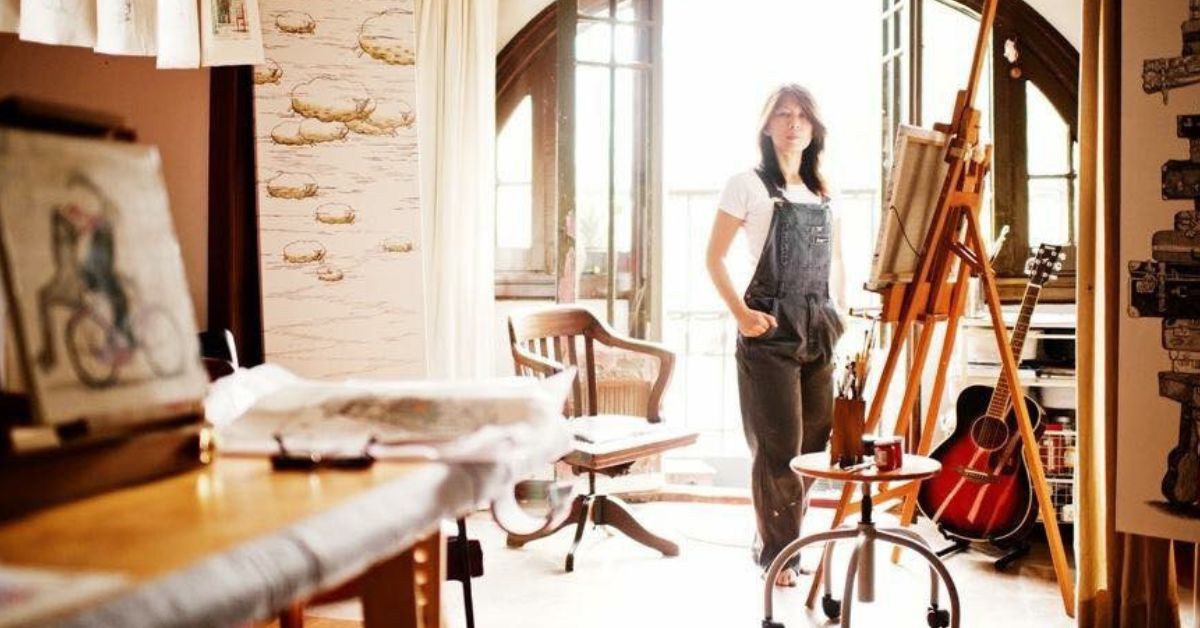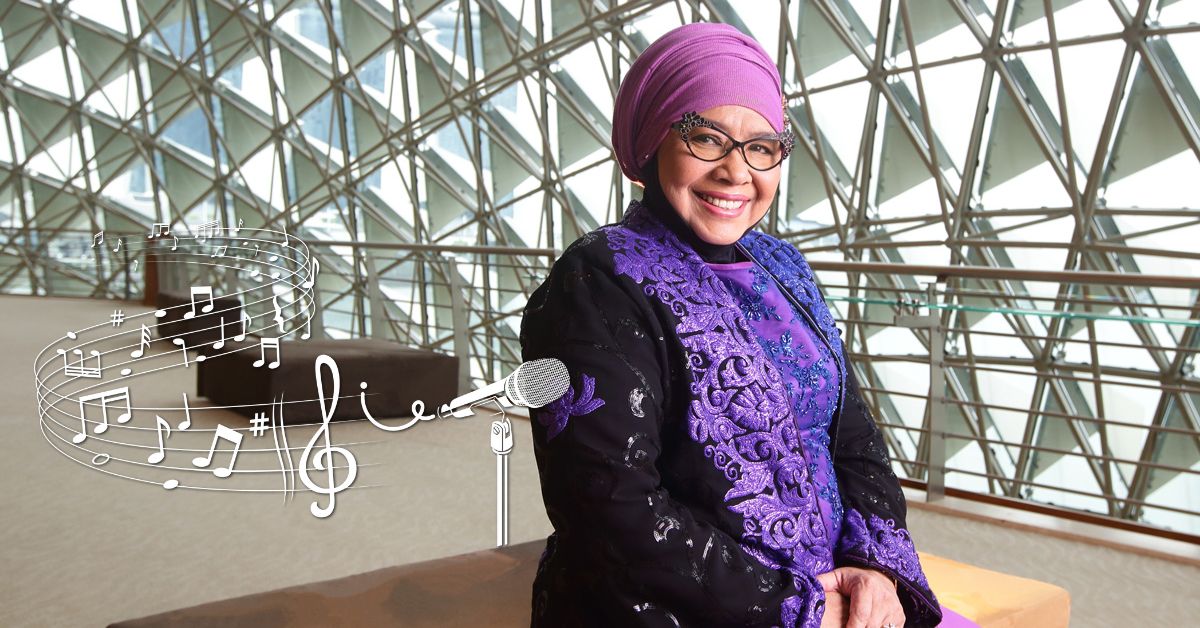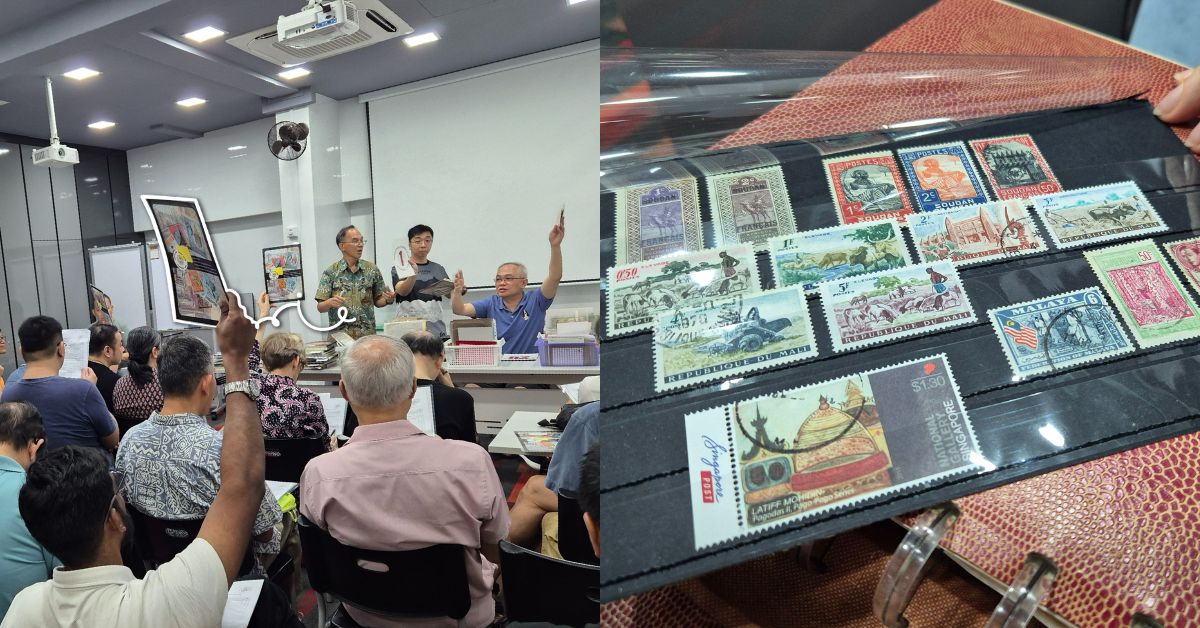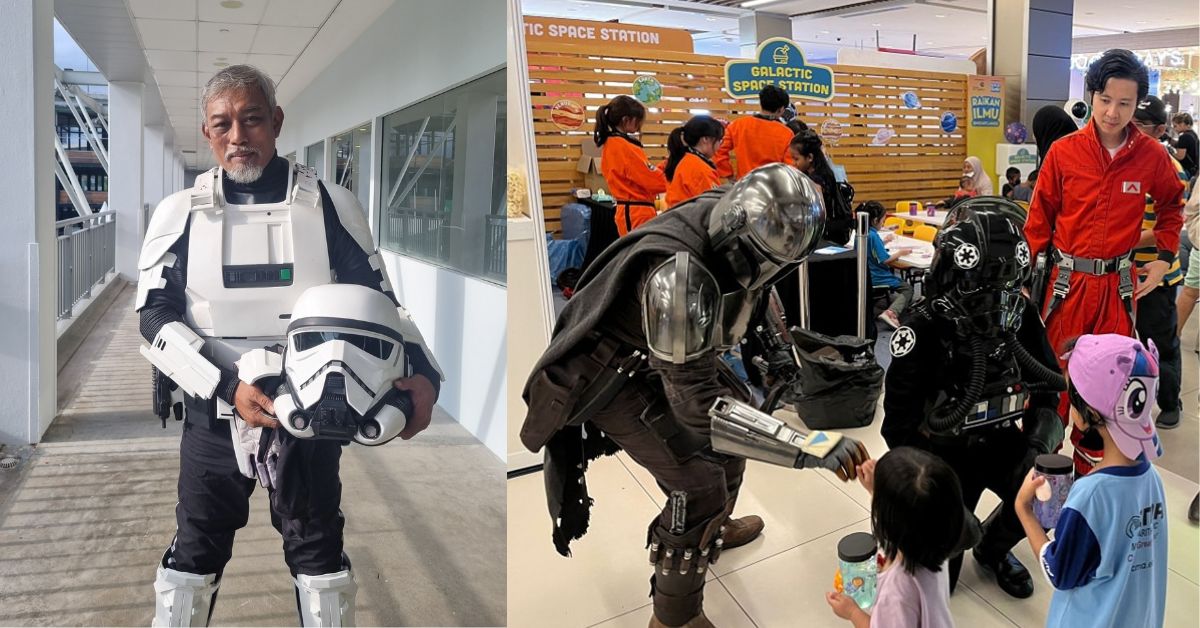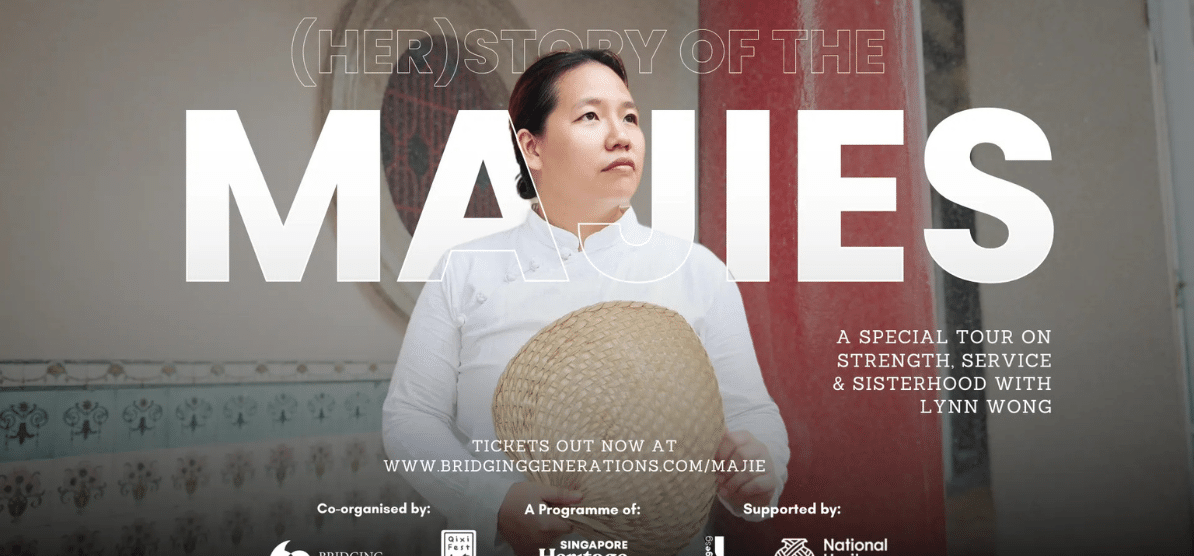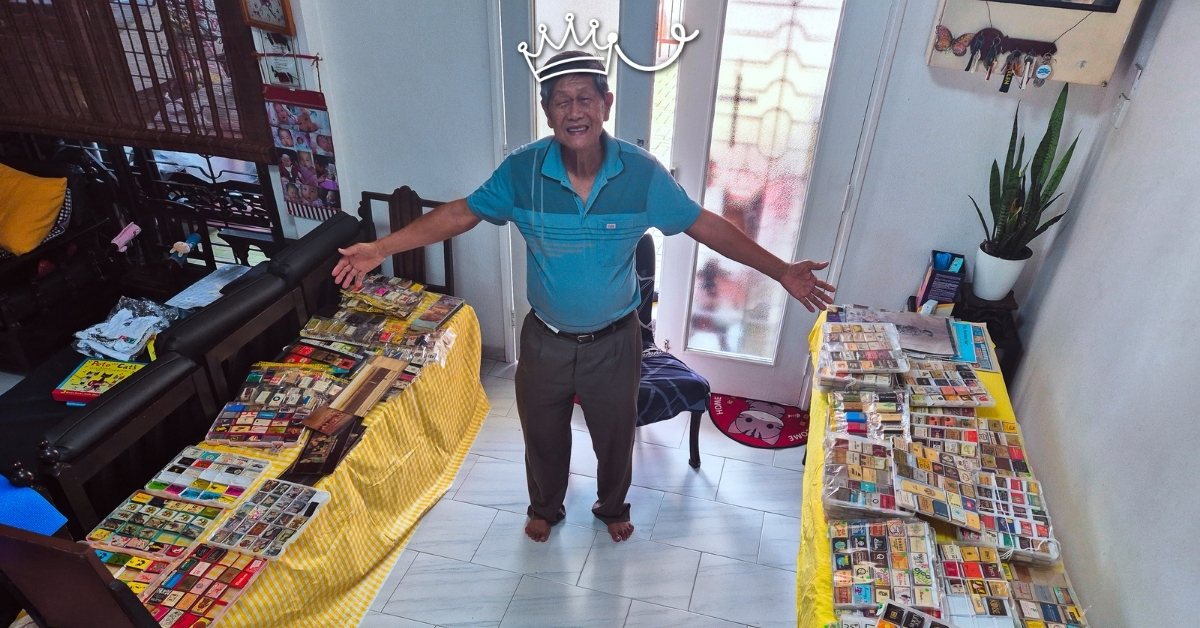
As a child, long before Yeo Hong Eng amassed a collection of over 1,000 vintage Singaporean matchboxes, he’d kept a filled box of matches “always ready at hand” in the pocket of his shorts.
This was not something peculiar back then,
says the retired schoolteacher, looking back on his childhood at his family’s farm in Tanah Merah Kechil.
"We might need a match to burn up an anthill, as they would cause problems for our chickens and pigs, or we might need it to light a lamp in the pig sty."
If we didn't carry matches everywhere, we'd have to run all the way back to the house,
says the now-79-year-old.
"So you might forget one time, but you won’t forget a second time!"
These colourful matchboxes sparked an interest in the young Hong Eng, though the fire burned even more brightly once the ’70s arrived and advertising matchboxes became the norm.
Smoking was the standard back then, and all the brands realised that the best way to reach this group was by putting an advertisement on matchboxes,
he explains.
"They’d carry it all around town and show it to everyone for free – so everyone started doing it."
Advertisement
Collecting over 1,000 Singaporean matchboxes
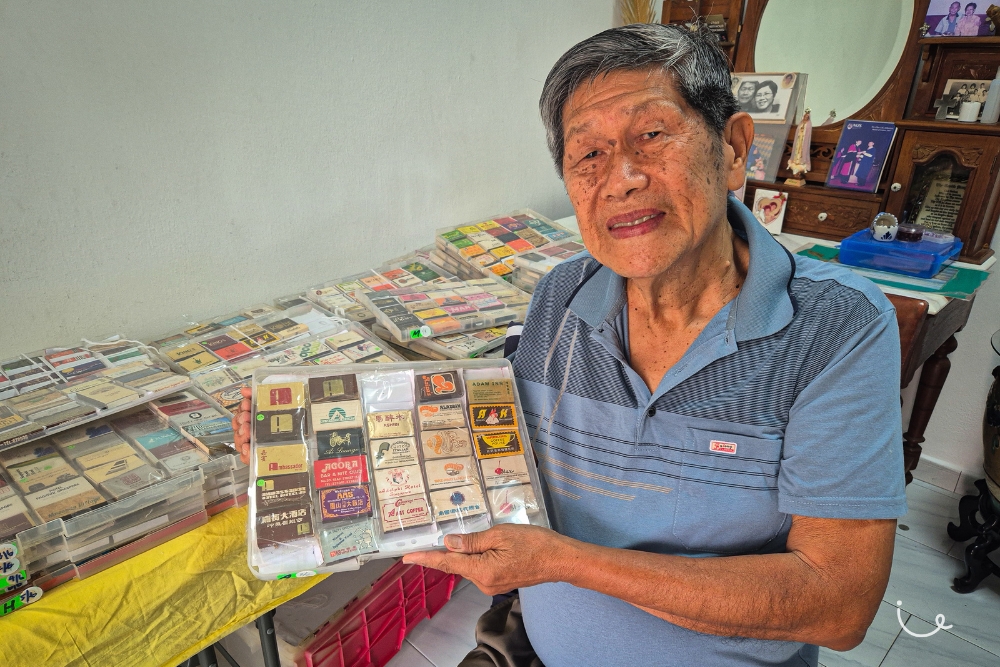
Restaurants, nightclubs, hotels and even major local attractions like the Singapore Zoological Gardens started releasing matchboxes, each adorned with designs more visually striking and interesting than the last.
Advertising matchboxes became the de facto “name cards, welcome cards, New Year’s wishes, greeting cards and souvenirs” of the day, making it easy for enthusiasts like Hong Eng to build their collections.
They were also dirt cheap.
I picked up what I could whenever I went out, but I never made special trips to collect these matchboxes,
says the silver.
"It was easier to head to Sungei Road (for the thieves’ market) and buy them wholesale."
We were all beginning to move to HDB flats then, so many of these sellers probably wanted to get rid of them in a hurry – I would buy the whole lot for just a couple of dollars, then process them myself at home,
he adds.
It usually takes Hong Eng the better part of an afternoon to sort through a batch of matchboxes. Mostly, he’s just tossing out boxes too tattered or stained to salvage, though there are some which can still be revived with successive treatments of vinegar and water.
At the moment, he owns over 3,000 matchboxes, about a third of which come from local establishments. However, those from outside of Singapore have little value to him. .
I don’t have any memories of those places, so I don't even bother sorting them out,
he says
With that said, the silver also doesn’t want to play favourites with his Singaporean matchboxes.
It’s not really about the design of the boxes, but what they remind me of. Many of them come from places which are no longer around,
he says, pointing to examples like Singapore's first (and now-defunct) entertainment complex, Tropicana, and the Ambassador Hotel (not its first name, nor its last, though it finally closed in 1992).
Like stamps, the progression of printed matchboxes can trace the development of brands and countries across history.
Hong Eng shows us a matchbox bearing the logo of the former Malaysia-Singapore Airlines, a joint carrier which operated until 1972, as well as a collection of commemorative matchboxes for the 1973 SEAP (Southeast Asian Peninsular) Games.
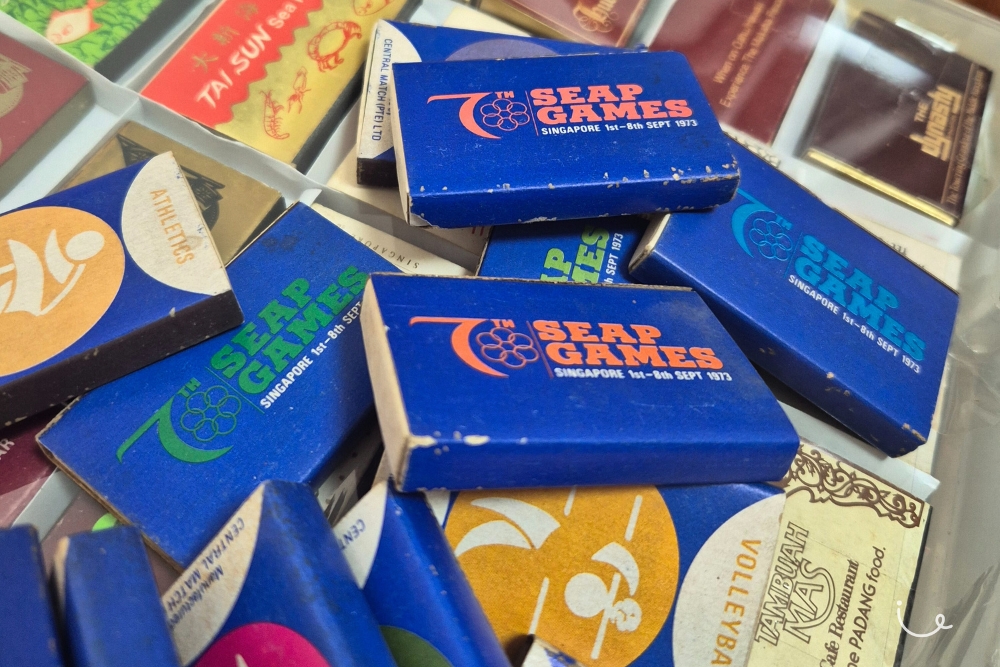
Plans to donate matchbox collection to NHB
Hong Eng continues to actively grow his matchbox collection, though new designs are hard to come by. After all, the matchbox was “killed long ago by the invention of the plastic cigarette lighter”.
Rather than forcing it on reluctant children or “letting it go to waste”, the grandfather plans to donate all of his matchboxes to the National Heritage Board so it can be used for archival and educational purposes.
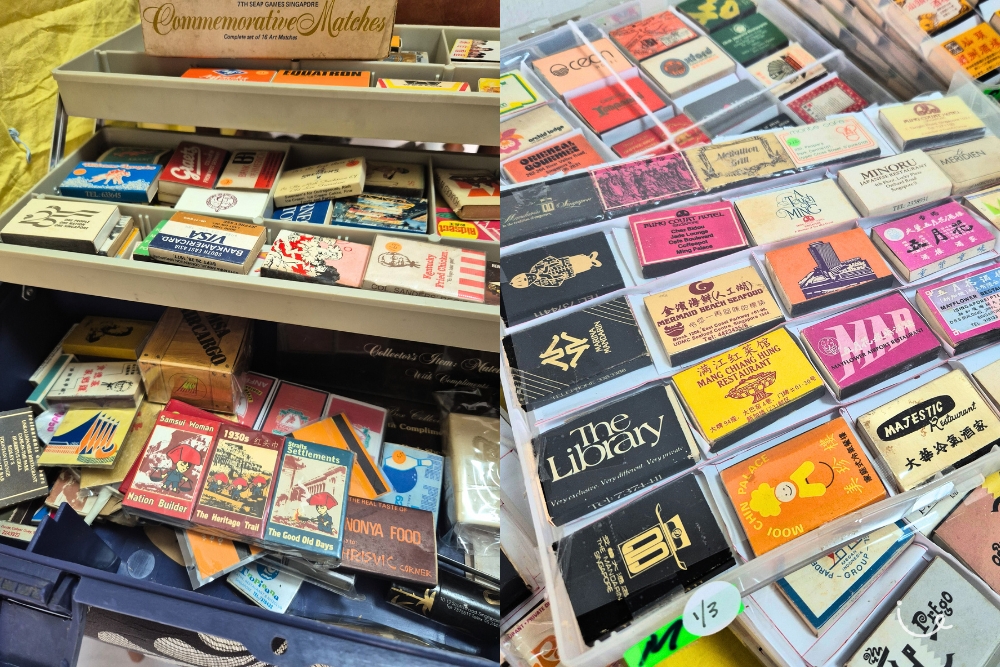
It’s an ethos born of his “collector’s mindset”, which he says was inculcated in him by his grandmother.
She'd collect branches as fuel for cooking, and cow dung from roaming herds to use as fertiliser. That was the mindset then – we didn’t waste anything, and anyway, there was nowhere to throw it away since we were on our own plot of land,
he says.
In a similar vein, Hong Eng still holds onto several vintage items from his grandmother’s time, including an antique ice shaving machine. He also boasts side collections of postcards, stamps and film cameras, though he’s already started giving those away.
Everything that is collectable is my favourite.
He says simply,

